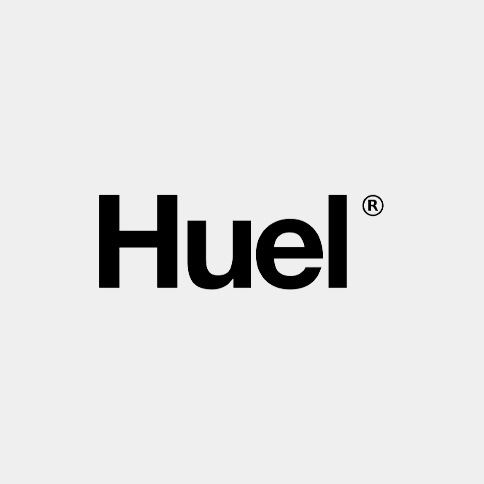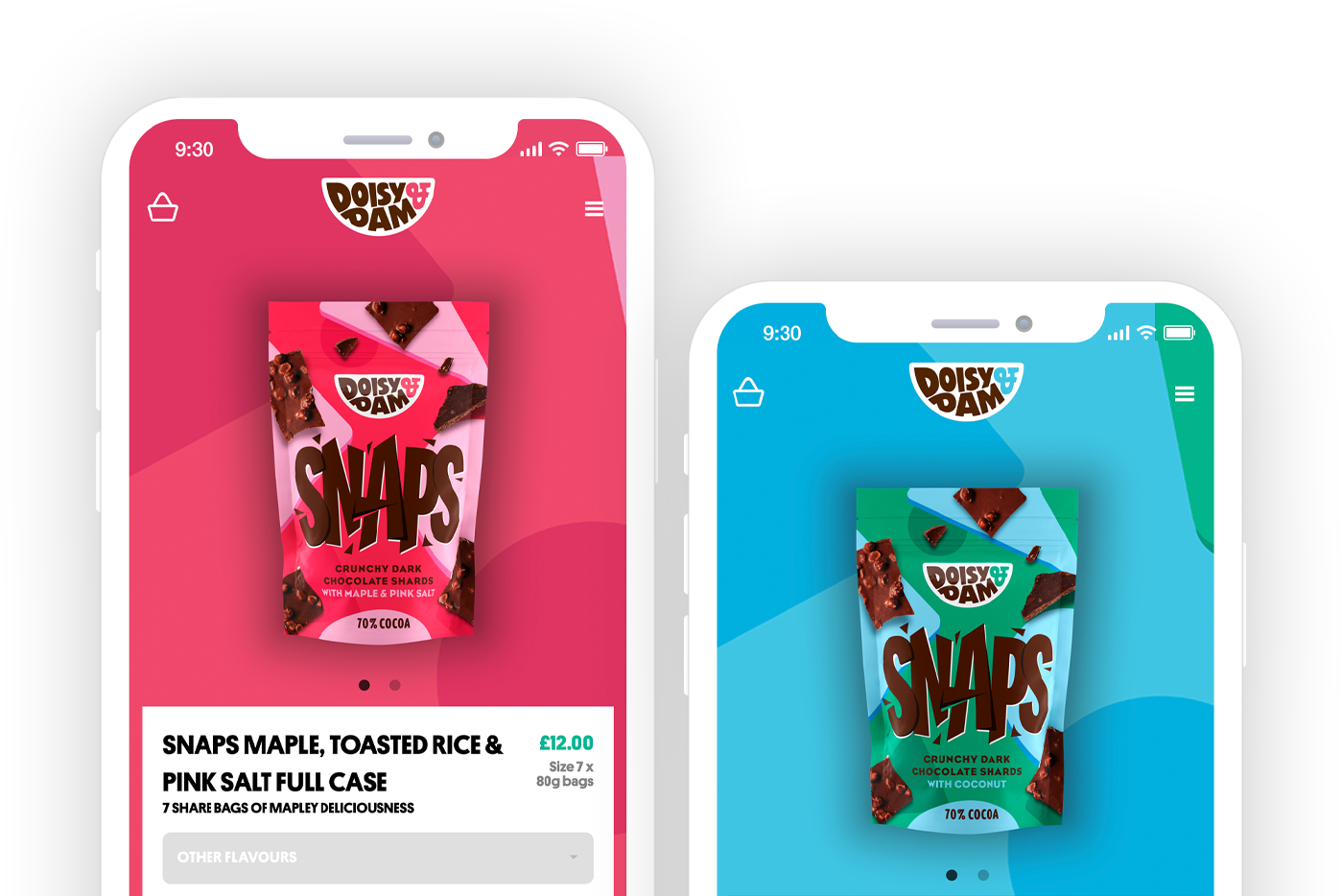International domains on Shopify
International domains can be set for different countries to create a more localised website presence and user experience for customers on your website. These international domains can improve customer confidence that they are browsing a local version of your website. As a result, customers are more likely to pay in their own local currency as domains set pricing and language defaults specifically for each market that is being targeted. For example, when a European user browses your website which has a domain targeting Germany, prices will automatically be displayed in EUR. What’s more, SEO is automatically done by the Shopify platform with hreflang tags on each domain to let search engines know which international domain relates to which area of the world, meaning that the correct domain, pricing and language is displayed in the user’s online search results.
Translating languages
Perhaps one of the most important factos to consider when selling internationally on Shopify is language translation. Research shows that nearly 80% of international buyers ‘strongly prefer’ to browse ecommerce stores in their native language, meaning that stores which are properly translated is a likely strategy to improve sales from international customers. With the Shopify platform, multiple languages can be dynamically set for an individual store so that customers from all over the world can be catered for without the need for creating a separate store for each region.
Apps are readily available to help translate your store and its content. We highly recommend integrating
Weglot as it is
generally more advanced and seamless than the alternatives available.
Global marketing strategy for internationalisation on Shopify
Now you’ve got your international store setup and ready for the world to see, congratulations! Tapping these worldwide markets should prove to be a worthwhile investment. To help speed up the growth process, it is recommended to implement a marketing campaign to help bring in international traffic to increase the demand of your products. Advertising using region-specific campaigns is a great method to target specific markets and send them to the correct localised version and shopping experience of your globalised website.
Shopify Markets, launched by Shopify in late 2021, improves duties management, completely custom pricing per territory, language translation and currency control from one single store and more. You can learn more about
Shopify markets here.
Selling Internationally on Shopify: Tips
When setting up your Shopify store, ensure you explore all the options available in the admin section. From store themes to payment market updates, Shopify offers a plethora of tools and resources to tailor your store to international audiences. Localization is key; consider adjustments like translations, currency conversions, and even domain names to resonate with different markets. Trust is paramount in international sales. Consumers need to feel secure when making purchases, so investing in secure payment methods like PayPal and offering trusted shipping options can instill confidence. Utilize analytics and customer insights to understand your audience's preferences and tailor your offerings accordingly.
Navigating regulations and customs complexities can be daunting, but Shopify simplifies this with tools for tax calculations and duty obligations. Stay updated on changes and regulations, and consider hiring legal counsel familiar with international commerce to ensure compliance. Shipping logistics are crucial. Research the best practices for international shipping, considering factors like delivery times, tracking options, and fulfillment centers in key regions. The point of sale and store editor tools can help you streamline operations and manage inventory effectively. Your payment strategy is also critical. Consider the preferred payment methods in each market and adapt accordingly. The Winter '24 edition introduces new features like QR code generators, making transactions even more convenient for international customers.
Don't underestimate the power of social media integrations. Craft a robust social media strategy to reach global audiences and drive traffic to your store. Utilize Shopify's social media integrations to seamlessly promote your products and engage with customers.Stay informed about performance analytics and reporting tools to track sales and optimize your marketing efforts. Pricing resources and marketing plans can help you fine-tune your pricing strategy and maximize profits while staying competitive..
Things to consider when selling internationally on Shopify
Expanding internationally on Shopify means tapping into a vast pool of potential customers, with millions of people browsing and making purchases every day. As a founder, it's essential to leverage every advantage and opportunity available. Utilizing Shopify's comprehensive commerce solution, from the app store to essential tools like reporting and analytics, can streamline your operations and boost sales.
When considering international expansion, research trends and consumer behavior in different markets. Analyzing data from Google and other sources can inform decisions about where to focus your efforts. Keep an eye on emerging markets and evolving payment options to stay ahead of the curve. One of the first steps in going global is to address logistical and technical complexities. This includes setting up multiple site domains or subdomains to cater to different regions, navigating tax obligations in countries like Canada and elsewhere, and adjusting shipping fees and refund policies to accommodate international orders. Managing a global business requires a robust dashboard to track orders, monitor performance, and stay on top of fees and refunds. Use SEO tags effectively to optimize your site for search engines in various languages and regions, and keep an eye on competitors to identify differences in pricing, offerings, and marketing strategies.
Don't forget the human element in international commerce. Conduct surveys to understand cultural preferences and consumer behavior, and tailor your offerings accordingly. Consider partnering with local influencers or businesses to increase visibility and credibility in new markets. As you expand, keep your tech stack in mind. Shopify's APIs and business apps offer a wealth of integrations to streamline operations and enhance the customer experience. Stay informed about platform releases and updates through company news, changelogs, and editions archives. Craft compelling stories around your brand and products to resonate with international audiences. Your logo and brand identity should be adaptable and recognizable across cultures. Whether you're selling direct-to-consumer or business-to-business, emphasize the value and quality of your offerings.














